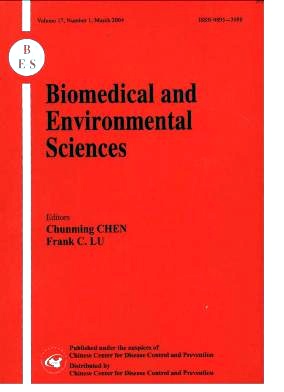Water Quality Assessment of the River Nile System:An Overview
-
Key words:
- Water quality /
- River Nile /
- Lakes /
- Pollution sources /
- Assessment
Abstract: Objectives The main objective of the present article is to assess and evaluate the characteristics of the Nile water system, and identify the major sources of pollution and its environmental and health consequences. The article is also aimed to highlight the importance of water management via re-use and recycle of treated effluents for industrial purpose and for cultivation of desert land. Method An intensive effort was made by the authors to collect, assess and compile the available data about the River Nile. Physico-chemical analyses were conducted to check the validity of the collected data. For the determination of micro-pollutants, Gas Chromatography (GC) and High Performance Liquid Chromatography (HPLC) were used. Heavy metals were also determined to investigate the level of industrial pollution in the river system. Results The available data revealed that the river receives a large quantity of industrial, agriculture and domestic wastewater. It is worth mentioning that the river is still able to recover in virtually all the locations, with very little exception. This is due to the high dilution ratio. The collected data confirmed the presence of high concentrations of chromium and manganese in all sediment samples. The residues of organo-chlorine insecticides were detected in virtually all locations. However, the levels of such residues are usually below the limit set by the WHO for use as drinking water. The most polluted lakes are Lake Maryut and Lake Manzala.Groundwater pollution is closely related to adjacent (polluted) surface waters. High concentrations of nutrients, E. coli, sulfur, heavy metals, etc. have been observed in the shallow groundwater, largely surpassing WHO standards for drinking water use. Conclusion A regular and continuous monitoring scheme shall be developed for the River Nile system. The environmental law shall be enforced to prohibit the discharge of wastewater (agricultural, domestic or industrial) to River Nile system.
| Citation: | RIFAAT A.WAHAAB, MOHAMED I.BADAWY. Water Quality Assessment of the River Nile System:An Overview[J]. Biomedical and Environmental Sciences, 2004, 17(1): 87-100. |







 Quick Links
Quick Links
 DownLoad:
DownLoad: